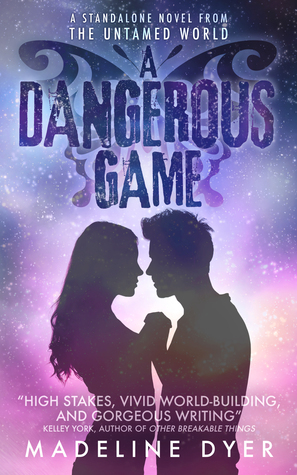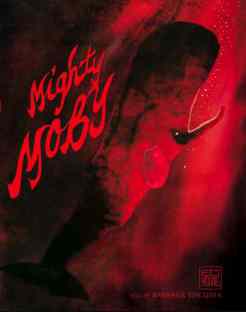Download links for: An Unspeakable Crime: The Prosecution and Persecution of Leo Frank


Reviews (see all)
Write review
A very compelling read. Fascinating story. Very visually appealing.
Excellent historical writing.
2 if eligable
Other books by History & Biography
Related articles












